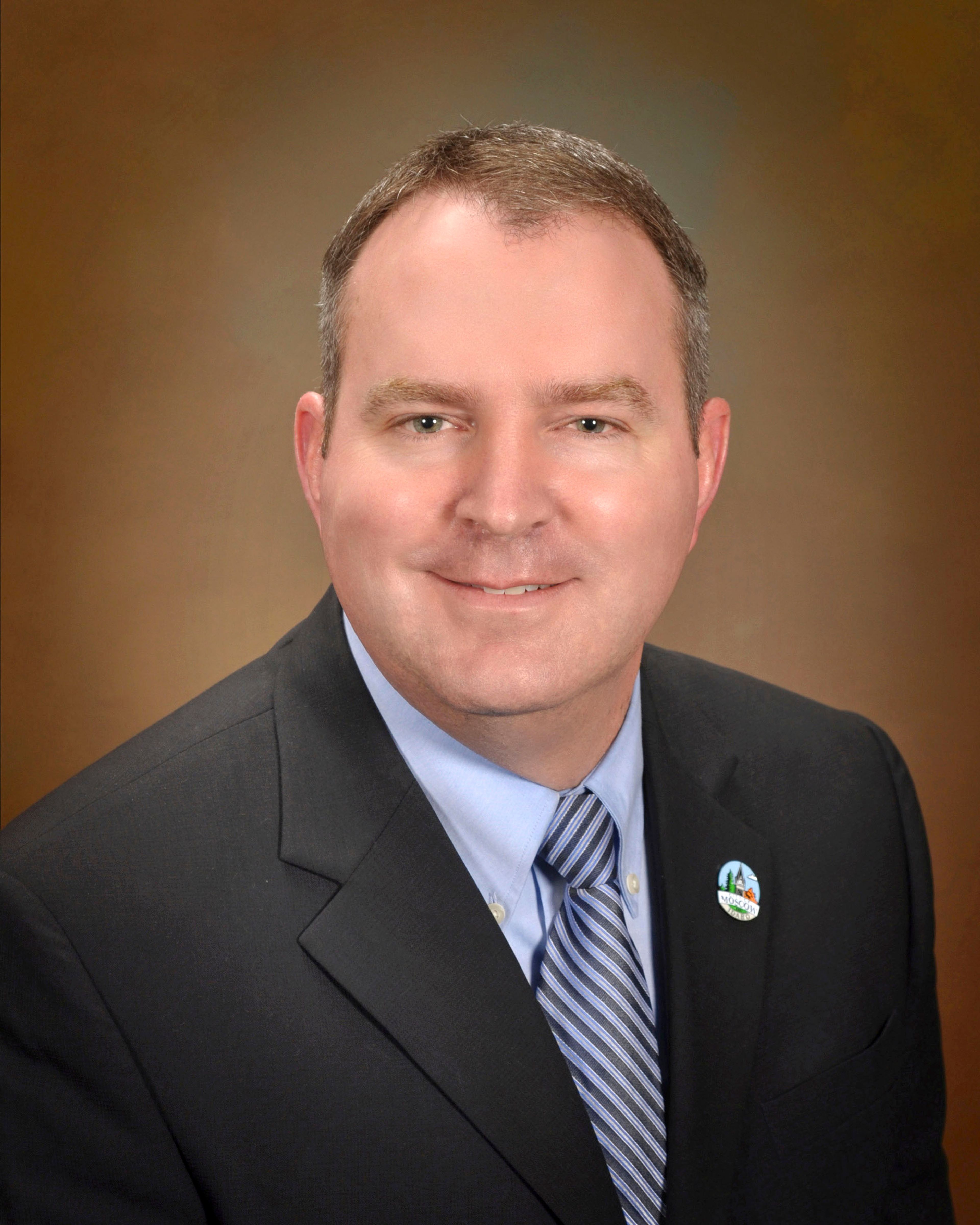Idaho governor orders flags to fly at full staff on Inauguration Day
Pause to 30-day half-staff order put in place on day Trump will be sworn in
Idaho Gov. Brad Little has joined other Republican leaders by ordering U.S. and Idaho flags be raised to full staff on Monday to recognize the inauguration of incoming President Donald Trump.
According to a news release from Little’s office, the flags will be raised from sunrise to sunset on Monday and then lowered to half staff until sunset on Jan. 28 in honor of former President Jimmy Carter, who died Dec. 29 at the age of 100.
"Idaho will recognize the swearing in of our 47th president, Donald Trump, by raising our flags on this momentous day,” Little said in the release. “This is a historic transition in our nation's leadership, and we will celebrate it."
Little’s announcement came on the heals of House Speaker Mike Johnson ordering that flags at the U.S. Capitol be raised to their full height on Inauguration Day. Johnson’s directive paused a 30-day flag-lowering order following Carter’s death.
Johnson’s decision, which came on Tuesday, meant that Trump will not take the oath of office for his second term under a half-staff flag, a prospect that Trump had previously complained about.
Similar actions have been taken in recent days by other Republican governors who have announced that flags in their states would be raised on Inauguration Day to mark Trump’s second term.
North Dakota Gov. Kelly Armstrong, Florida Gov. Ron DeSantis, Alabama Gov. Kay Ivey, Tennessee Gov. Bill Lee and Iowa Gov. Kim Reynolds did so on Tuesday, noting in announcements that U.S. flags across their states would be relowered on Jan. 21 in honor of Carter. Texas Gov. Greg Abbott issued a similar notice on Monday.
The 30-day flag-lowering period, set into motion with President Joe Biden’s initial order, affects flags at federal government buildings and their grounds, as well as at U.S. embassies and other facilities abroad, including military installations and vessels. It runs through Jan. 28, which encompasses Trump’s inauguration and first week in office. In line with Biden’s order, governors throughout the country issued their own orders to govern flags in their respective states.
The incoming president has expressed consternation that flags would still be lowered when he takes the oath, and it’s possible that he could order the overall reversal of Biden’s decision once he’s installed as president on Jan. 20.
“Democrats are all ‘giddy’” about the notion that flags will be lowered on Inauguration Day, Trump wrote Jan. 3 on social media.
“Nobody wants to see this,” Trump wrote. He added that “no American can be happy about it. Let’s see how it plays out. MAKE AMERICA GREAT AGAIN!”
Trump has already taken action over the flags that he can control: at his home in Florida. In the days following Carter’s burial, a large U.S. flag at Trump’s private Mar-a-Lago club was observed already flying at its full height, despite an order from DeSantis that mirrors Biden’s.
As of Tuesday, DeSantis had not made alterations to the flag order in his own state.
The U.S. flag code lays out parameters for lowering the U.S. flag to half-staff, including a 30-day period for current or former presidents to cover flags at federal government buildings and their grounds, as well as at U.S. embassies and other facilities abroad, including military installations and vessels.









